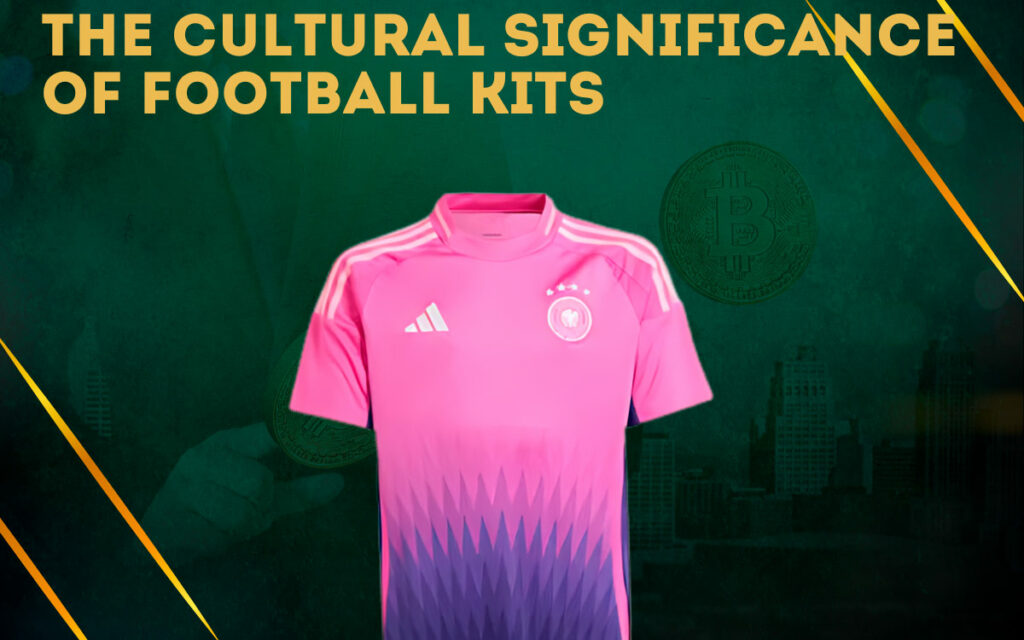In Germany, the new away kit for the home European Championships has ignited significant controversy. Traditionally, Germany’s away kits have been black or green, but this year, the design has shifted to a blend of hazy purple and pink. The unconventional color choice has led to widespread criticism, with many fans deeming the “Barbie-pink” hues uncharacteristic of the German national team. The backlash was so intense that the German football federation and Adidas collaborated on a satirical advertisement to address the uproar, asserting, “Yes it is.”
Meanwhile, in England, the controversy revolves around a small St. George’s cross on the back of the shirt collar. Traditionally stitched in red and white, the cross now features a blue, purple, and red update. UK Opposition party leader Keir Starmer has criticized the change, suggesting that the cross is a unifying symbol that should not be altered. He questioned the necessity of the modification, reflecting broader public sentiment.
The Cultural Significance of Football Kits

Football kits have evolved from mere team differentiators to significant cultural symbols. Neal Heard, a football shirt expert and curator, emphasizes the deep connection fans have with their national team kits. According to Heard, football shirts are “totems” that embody national identity. The design and colors of these kits represent more than just sportswear; they symbolize a nation’s brand and heritage.
Designing national team kits presents a unique challenge. Fans are often conservative about changes to their team’s traditional colors and designs, making it difficult for brands to innovate without facing backlash. Heard acknowledges this delicate balance but also appreciates the creativity involved in contemporary designs.
Standout Kits for the Upcoming European Championships
After reviewing the catalog for the upcoming European Championships, Neal Heard found several impressive designs. He highlights the Belgium away kit, inspired by the Tintin story, as particularly “cool.” He also praises France’s kits, considering them some of the best in football, both home and away. Heard is fond of Germany’s away kit and England’s away kit, noting its resemblance to a classic French tracksuit from the 1966-1970 era.
Heard believes modern kits could be even bolder, drawing inspiration from historical designs. He showcases Germany and Holland’s jerseys from the 1988 Euros, which were both bold yet respectful of tradition. These kits remain iconic and are highly valued in the football shirt market today.
The Football Shirts Market: A Growing Trend
The market for football shirts, especially retro designs, has grown exponentially. Heard notes that a replica of the Dutch kit from the 1988 Euros can cost around £1000, with match-worn versions fetching millions. This trend reflects the nostalgic value and cultural significance attached to these shirts.
The retro football shirts market is akin to the trainers/sneakers market. Companies like Classic Football Shirts have attracted significant investments, indicating the market’s potential for growth. Heard traces the popularity of football shirts back to the 1970s, when traveling fans in Europe and South America began swapping kits, a tradition that players also embraced.

